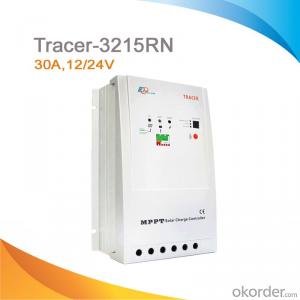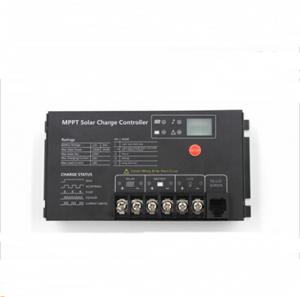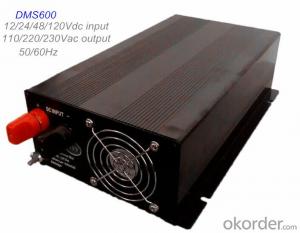Mppt Solar Inverter 24v
Mppt Solar Inverter 24v Related Searches
Home Power Inverter For Solar Solar Power Inverter For House Inverter For Solar Power Plant Solar Charger For Inverter Solar Charger With Inverter High Power Solar Inverter Cost Of Solar Power Inverter Solar Power Inverter System Power Inverter Solar Panel Inverter Ac On Solar PowerHot Searches
China Mppt Solar Inverter Solar Inverter Charger Price Mppt Solar Inverter Price Solar Inverter 3000w Price Inverter Price Solar Solar Inverter Fault Light Solar Inverter Sale Lahore Solar Inverter Best Company Solar Inverter Best Brands Solar Inverter Factory Solar Inverter Cover Stratco Solar Inverter Research Paper Solar Inverter Manufacturer Solar Inverter Set Solar Inverter Fire Risk Top Solar Inverter Companies Solar Inverter Size Solar Inverter Supplier Solar Inverter Voltage Drop Type Of Inverter For SolarMppt Solar Inverter 24v Supplier & Manufacturer from China
Okorder.com is a professional Mppt Solar Inverter 24v supplier & manufacturer, offers integrated one-stop services including real-time quoting and online cargo tracking. We are funded by CNBM Group, a Fortune 500 enterprise and the largest Mppt Solar Inverter 24v firm in China.Hot Products
FAQ
- Yes, there can be noise and vibration concerns associated with solar inverters, although they are generally minimal. Some older or lower-quality inverters may produce a humming or buzzing sound, especially when operating at high power levels. Vibrations can also occur due to the internal components and fans. However, modern inverters are designed to minimize noise and vibrations, and most people find them to be quiet and unobtrusive.
- Yes, a solar inverter can be used with building-integrated photovoltaic systems. Building-integrated photovoltaic systems are designed to seamlessly integrate solar panels into the building's architecture, and a solar inverter is an essential component that converts the DC power generated by the solar panels into AC power for use in the building's electrical system.
- Yes, a solar inverter can be connected to a generator. This can be useful in situations where solar power is not sufficient or unavailable, allowing the generator to supplement the power supply.
- A solar inverter regulates voltage in the grid by converting the DC power generated by the solar panels into AC power that matches the voltage and frequency of the grid. It monitors the grid's voltage level and adjusts the output accordingly to ensure a stable and consistent supply of power. Additionally, it also helps in maintaining power quality by maintaining the grid's voltage within the specified range and compensating for fluctuations or variations in voltage levels.
- What is the difference between a PV inverter and a solar inverter?
- Instability, the wind speed and the equipment itself will directly affect the generator rotation, so the voltage and current fluctuations, frequency instability, in short, is the power quality is poor) Therefore, through the inverter after the first rectification inverter to improve the quality of power
- The typical size and weight of a solar inverter can vary depending on its power capacity. Generally, residential solar inverters range in size from around 30 x 50 x 20 cm (12 x 20 x 8 inches) to 60 x 60 x 30 cm (24 x 24 x 12 inches) and weigh between 10 kg (22 lbs) to 25 kg (55 lbs). Commercial or utility-scale inverters, on the other hand, can be much larger and heavier, weighing several hundred kilograms (or even tons) and occupying larger spaces.
- A solar inverter handles frequency fluctuations in the grid by continuously monitoring the frequency of the grid. If the frequency deviates from the standard value, the inverter adjusts its output frequency accordingly to match the grid frequency. This helps maintain stability in the grid and ensures efficient power generation and distribution.
- Yes, a solar inverter can be used with different types of power factor correction devices. The solar inverter is responsible for converting the DC power generated by the solar panels into AC power that can be used in homes and businesses. Power factor correction devices, on the other hand, are used to improve the power factor of the electrical system by reducing reactive power. The solar inverter can work in conjunction with various types of power factor correction devices, such as capacitors or active power factor correction units, to optimize the efficiency and performance of the electrical system.








































